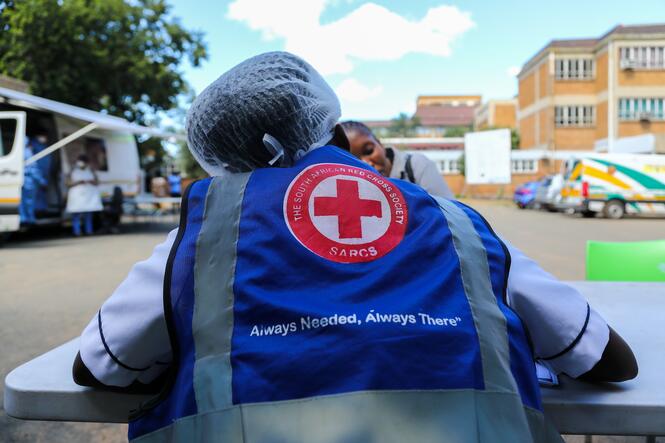
The South African Red Cross Society (SARCS) played an active role in the development of the new law and in subsequent efforts to achieve full implementation. In this interview, SARCS Secretary-General Mandisa Kalako-Williams explains how.
How did the SARCS become involved in the development of the Disaster Management Act?
The SARCS has long been part of South Africa’s relief framework. We were therefore involved, along with other stakeholders, in developing the governments’ white paper and green paper on disaster management which eventually led to the Act.
What were your contributions to the process?
We provided an historical perspective in light of our long involvement in disaster relief. We pressed for community participation as a key element of change, drawing on our experience of community-level work in first aid, health and dissemination. We also brought an important international connection through the Federation, ICRC and our links to the UN.
Were you able to have a positive impact on the legislation?
Yes. We were able to contribute to the integrated/intersectoral approach taken by the Act, as well as its strong focus on risk identification, community participation, and volunteer management.
How has the Act improved disaster management in South Africa?
The Act provides us with an opportunity to deal with disaster-prone communities in a pro-active manner, before, during and after disasters. Its integrated approach ensures a prudent use of resources and its provisions on coordination allow for better reporting, monitoring and evaluation of relief impact.
What are the main challenges for an effective implementation of the Act?
Despite the focus in the Act on disaster risk reduction, the fact is that funding and other resources still tend to flow fast and heavily during a disaster. We still face problems mobilizing resources for pre-disaster work.